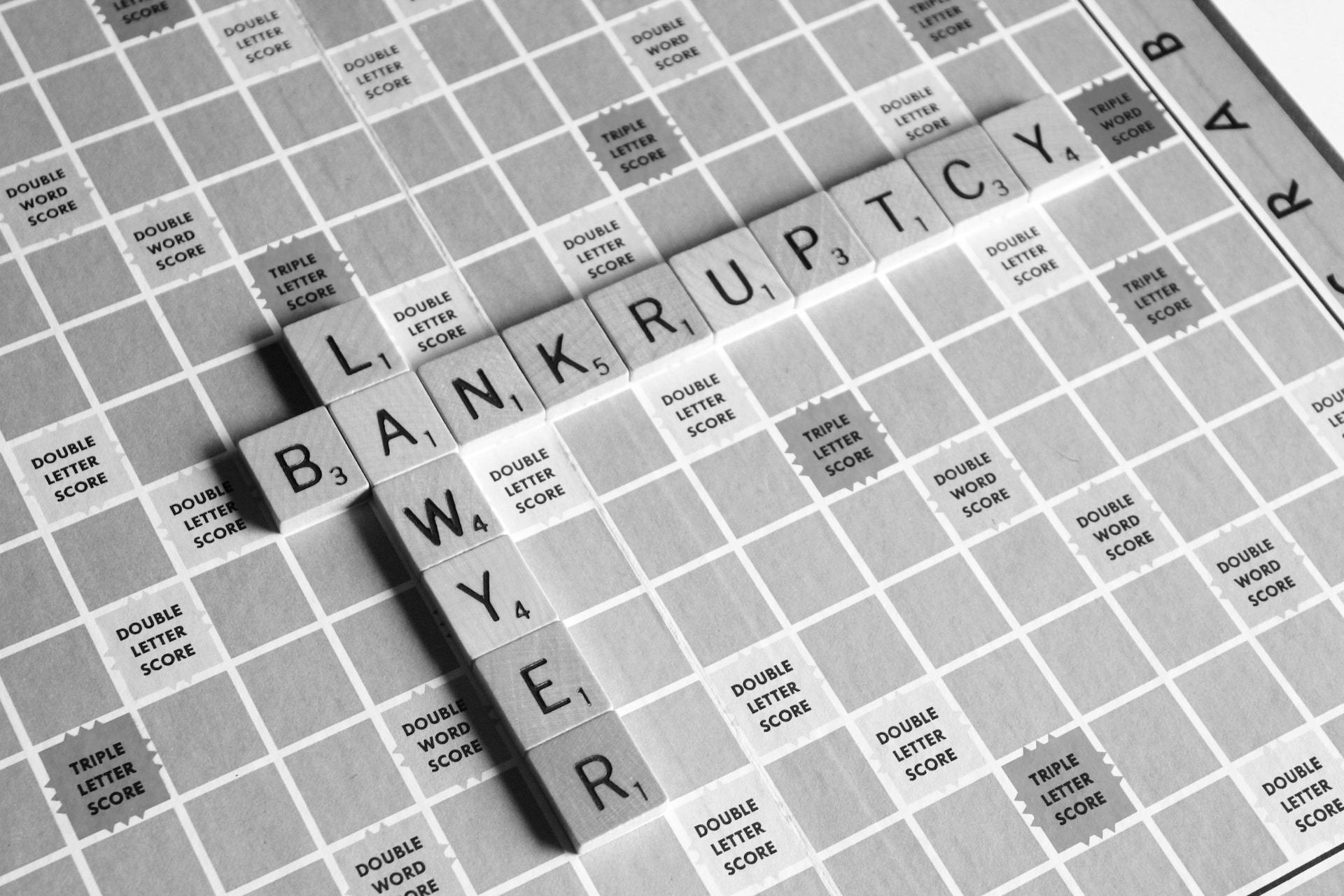Small businesses are the backbone of the economy, yet they often face significant challenges inachieving long-term success. Financial distress is a common hurdle, and in such cases, bankruptcy might seem like the only option. Understanding business bankruptcy law is crucial for small business owners, whether they operate as sole proprietorships, general partnerships, corporations, or limited liability companies.
The Burden of Debt and Personal Liability
Many small businesses struggle with accumulating debt, which can threaten their survival. Soleproprietors and general partners often bear the brunt of this challenge as they are personallyliable for their company’s debts. This means creditors can target their personal assets. Incontrast, owners of corporations or limited liability companies usually enjoy protection frompersonal liability for business debts, but they still face the stress of managing these debts.

Bankruptcy Options: Chapter 7, 11, and 13
When a small business is overwhelmed with debts, filing for bankruptcy under Chapter 7, Chapter 11, or Chapter 13 can be a viable solution. Each type offers distinct advantages and disadvantages, and eligibility varies:
1. Chapter 7 Bankruptcy: Liquidation
- Sole Proprietorship: As they are not separate legal entities, filing a personal Chapter 7 bankruptcy can eliminate both business and personal debts.
- Partnerships, Corporations, and LLCs: Chapter 7 doesn’t absolve personal obligations on business debts. It’s more about shutting down and liquidating the business, with the bankruptcy trustee using assets to pay creditors.
2. Chapter 11 Bankruptcy: Reorganization
Chapter 11 is designed for business reorganization, allowing companies to continue operations while reorganizing debts. It’s typically suited for larger businesses due to its complexity and cost. However, under certain conditions, small business debtors with less than $7.5 million in debt may seek relief under more streamlined procedures.
3. Chapter 13 Bankruptcy: Individual Debt Adjustment
This option is exclusive to individuals, meaning sole proprietors can reorganize personal and business debts under this chapter. However, partners, corporations, and LLC owners cannot file
Chapter 13 for their businesses.
Weighing the Consequences and Alternatives Choosing the right type of bankruptcy is crucial. The decision impacts the ability to retain assets, avoid costly litigation, and possibly rebuild the business in the future. However, bankruptcy isn’t always the best route. Alternatives such as debt restructuring or negotiation with creditors might offer a more favorable outcome. Consulting an experienced bankruptcy attorney is highly recommended to navigate these complex decisions.
Detailed Insights into Each Bankruptcy Type
Understanding Chapter 7 in Depth
In a Chapter 7 filing, the business ceases operations, and its assets are liquidated to pay off debts. For sole proprietors, this can mean the erasure of both personal and business debts, providing a fresh start but at the cost of personal assets. Corporations, partnerships, and LLCs, however, use Chapter 7 purely for business closure and liquidation, which doesn’t protect personal assets of the owners if they’ve guaranteed the debts.
Understanding Chapter 11 in Depth
Chapter 11 is the most intricate form of bankruptcy, often involving detailed reorganization plans, creditor committees, and court approvals. It’s suitable for businesses with substantial operations and debts exceeding the limits of Chapter 13. For small business debtors, streamlined processes in Chapter 11 can offer quicker resolutions and fewer administrative burdens, especially under Subchapter V designed specifically for them.
Understanding Chapter 13 in Depth
Chapter 13 allows individuals, including sole proprietors, to reorganize their debts and plan for repayment over three to five years. This can be a lifeline for small business owners who wish to keep their operations running while managing their debts. However, it’s not applicable to other business structures like corporations or LLCs.
Conclusion: A Strategic Approach to Business Bankruptcy
Bankruptcy, though daunting, can be a strategic tool for small businesses facing insurmountable debts. The choice between Chapter 7, Chapter 11, and Chapter 13 depends on various factors, including the business structure, the amount of debt, and the long-term goals of the business owner. In every case, seeking professional legal advice is key to navigating this complex terrain, ensuring the best possible outcome for the business and its owners.

